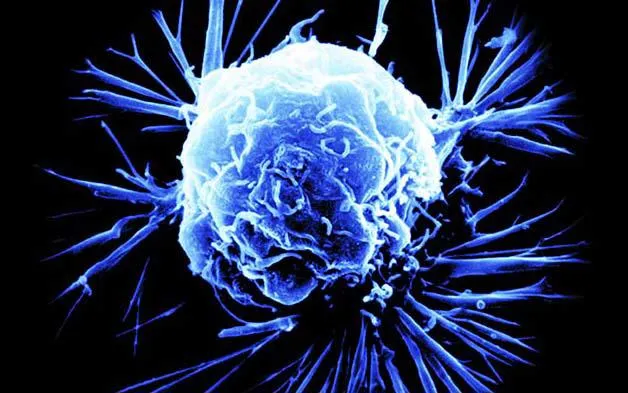Scientists at King’s have found a way to identify lymph-node positive breast cancer patients who are most likely to develop incurable secondary tumours (metastases), meaning that those at low risk could be spared aggressive treatments that may not benefit them.
If validated in larger studies, this breakthrough could mean that it may be possible to identify those at the highest risk of their breast cancer spreading, with more aggressive treatments targeted specifically to them.
Currently when a patient is diagnosed with breast cancer, doctors investigate whether cancer cells have already spread to some of their lymph nodes (known as lymph-node positive breast cancer). Patients with lymph-node positive disease tend to experience worse outcomes, and are therefore normally given more intensive treatment, such as chemotherapy.
In this new study published in The Journal of Pathology: Clinical Research, Professor Sarah Pinder, Dr Anita Grigoriadis and their teams from the Breast Cancer Now Research Unit studied lymph node tissue and primary tumour samples from 309 breast cancer patients, who were treated between 1984 and 2002 at Guy’s Hospital.
Scientists looked at both positive (presence of cancer), and negative (free of cancer cells) lymph-nodes. They found it is the features of cancer-free lymph nodes that may add valuable information to help predict the likelihood of the disease spreading.
By using mathematical models, researchers were able to develop a score to predict an individual’s risk of breast cancer spread. Of the patients whose lymph node status was known, 143 had cancer cells present in their lymph nodes. Within this high risk group, around a quarter of women were in fact unlikely to develop metastasis within ten years.
‘With our method, we utilise tissue which is used routinely for diagnosis of breast cancer patients. By inspecting more features of the lymph node, we can separate the lymph-node positive breast cancer patients into a group who will develop distant metastasis quickly, and identify those patients who have very little risk of getting secondary cancers. We can therefore provide crucial information and after further validation we might identify low-risk patients among a high-risk group,’ Dr Grigoriadis added.

